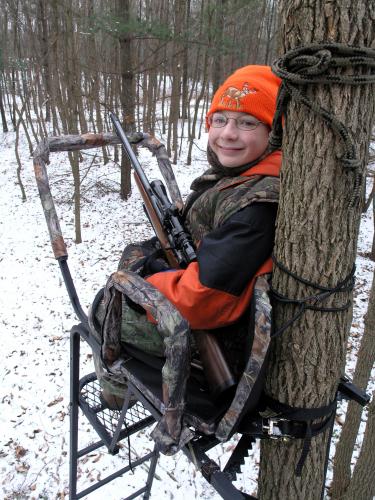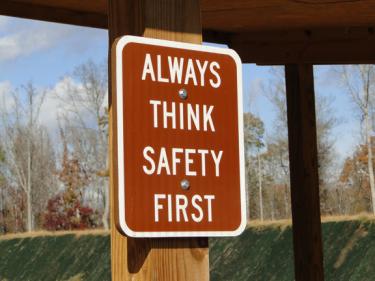How to Introduce Your Kids to Hunting
There are many good reasons to pass on the tradition of hunting from one generation to the next. Recreational hunting can help connect children to the land and its inhabitants, countering what author Richard Louv has termed “nature deficit disorder” and building a conservation ethic. Hunting also makes for great bonding time in the outdoors, encourages fitness and health, and develops life skills such as discipline and self-control, respect, responsibility, the value of teamwork and good sportsmanship. Finally, preserving the tradition is as good a reason as any: the number of hunters is on the decline in the U.S., with only about 70 hunters recruited for every 100 lost.
But before bringing a young hunter into the fold, consider your goals. Do you simply want to recruit new hunters and equip them with the skills they’ll need to bag some game? Or, is your aim to help instill an appreciation of nature in the next-generation, and to contribute to the preservation of wild places through hunting? If your goal is the latter, then this section is for you. Let’s get started.
Step One: Create outdoor explorers
A prerequisite for getting your children interested in hunting is to turn them into outdoor enthusiasts. To put it simply, explore your land—swamps, streams, ponds, marshes, meadows, forests and more—with them in tow. Encourage kids to observe, catch and collect insects, to scout for butterflies, birds, rabbits, frogs and other wildlife, to gather edible berries, fruits and other foods, to hunt crayfish or trap fish in streams. Help them to learn about the flora and fauna around them —what makes it unique, what helps it thrive—and to make the connection between animals and food.
Step Two: Recruit an apprentice
If you’ve piqued your children’s interest in the outdoors, next consider recruiting them as hunting apprentices. This will expose them to hunting and allow them to participate in the rituals of a hunt—from scouting to calling, and skinning to freezing the meat. Which activities your children are ready to engage in will depend on maturity. The important thing is not to push your children out of their comfort zones.
Step Three: Safety, safety, safety
They’re ready to hunt, so what comes next? First, familiarize yourself with your state’s hunting laws and regulations. Some states have age minimums and require young hunters to be accompanied by non-hunting adults. Others may require youth to pass a hunter’s education class. Second, seek out learning opportunities such as safety courses and youth shooting and archery programs, which teach young children to handle firearms and bows safely and responsibly. These may be offered by local gun clubs or archery clubs, your state's wildlife department, or national and community-based organizations, such as the National Shooting Sports Foundation and National 4-H Shooting Sports. Third, set an example. Hunt safely, abide by a hunter’s code of conduct, and teach your children to respect the code.
Step Four: Hunt often, have fun
When mentoring a young hunter, make sure to focus on mastery as well as achievement. Surveys have shown that young hunters are in it for the fun and quality outdoor time rather than bagging game and taking home a trophy animal. So don’t just hunt on youth weekends. Instead, provide multiple shooting opportunities and take aim at different species. The more hunting your children do in their youth, the more time they’ll spend hunting as adults. And don’t forget to celebrate the hunt!
Common concerns
- Is it safe? According to national statistics, hunting is actually one of the safest forms of outdoor recreation, in part due to the focus that hunters and wildlife agencies have placed on safety over the past half-century. And youth with supervision are among the safest hunters in the woods. But this record has only been achieved with great vigilance. So when your children are ready to hunt, remind them that the most dangerous person in the woods is their hunting buddy – because most hunting accidents occur at close range (within 10 yards).
- Won’t it be too traumatic? You know your child best, so use your judgment to determine when to introduce them to hunting. If you’ve shaped their understanding of how animals live in the wild and how they are used in everyday life, your children are likely to see hunting as a natural activity. Some hunters recommend starting small with young hunters. Over time, their view of what makes “acceptable” game will increase to include larger species.
Learn more:
- The National Shooting Sports Foundation’s A Parent’s Guide to Recreational Shooting for Youngsters.
- Families Afield, a program of the National Shooting Sports Foundation, isan education and outreach program to foster youth hunting.
- The Quality Deer Management Association’s Mentor’s Guide to mentoring youth hunters and first-time hunters.
How can I get more tips?
It’s simple! Enter your email below.


